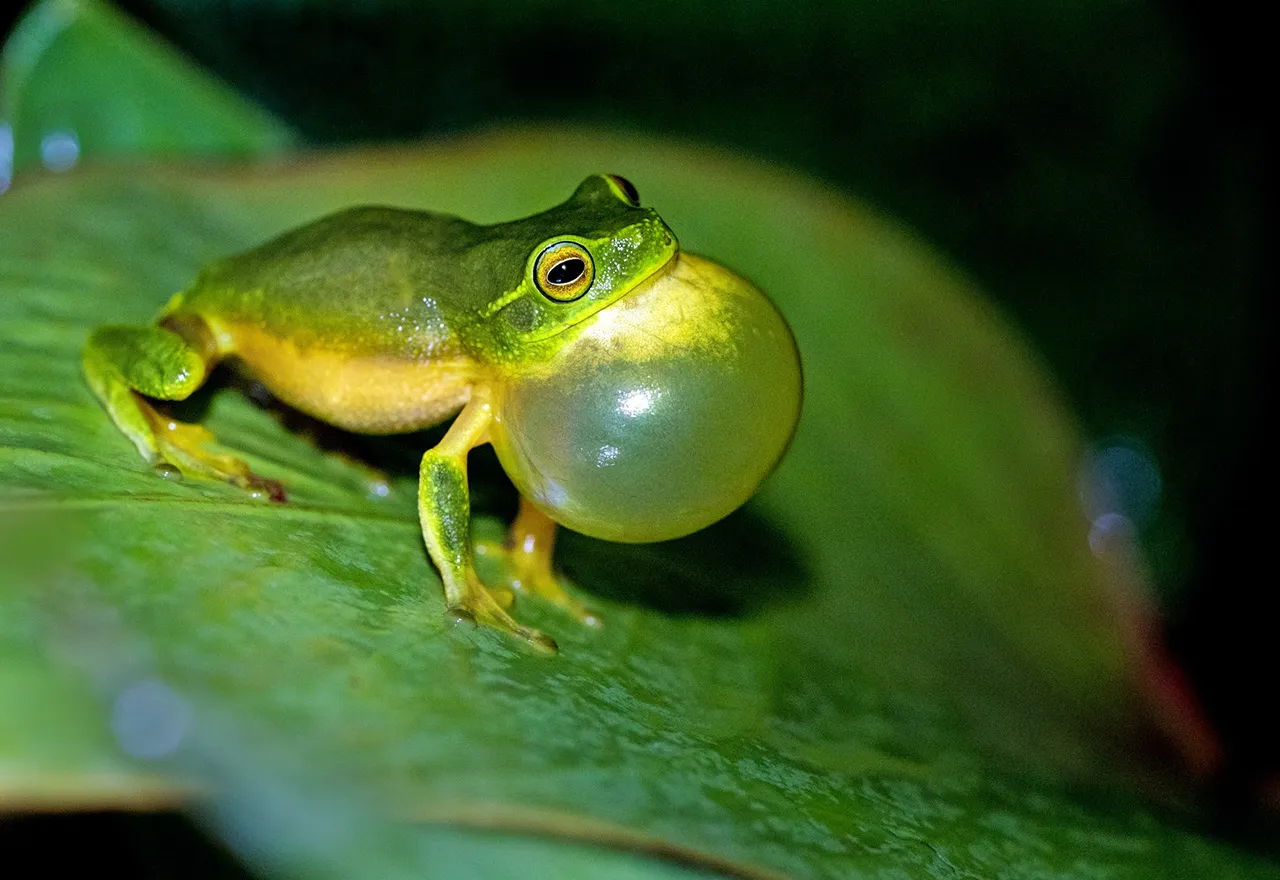Butterflies have long captured the fascination of humans with their vibrant colours, delicate wings, and graceful flight. There are over 20,000 species of butterflies worldwide, each uniquely adapted to its environment and exhibiting distinct behaviours. From the majestic monarch butterfly's epic migration journey to the elusive blue morpho's iridescent wings that shimmer in the sunlight, there is vast diversity among these graceful creatures. The wide array of colours and patterns seen on butterfly wings serve as not just markers for identification but also camouflage from predators and signals for mating purposes. Their beauty is not just superficial but serves important functions in their survival strategies.
As essential pollinators in various ecosystems butterflies play a crucial role in plant reproduction by transferring pollen from one flower to another while feeding on nectar. This mutualistic relationship benefits both butterflies and plants, highlighting the interconnectedness of species in nature. They have evolved specific adaptations to thrive in different environments. Their delicate wings may seem fragile, but they are strong enough for long-distance migrations and intricate flight patterns. These enchanting beings fluttering through gardens or meadows can evoke a sense of wonder and appreciation for the beauty of nature's creations.
Butterflies are not only beautiful creatures but also hold significant symbolism across various cultures worldwide. Their transformative life cycle, from egg to caterpillar to pupae or chrysalis and finally emerging as a fully formed stunning butterfly, this metamorphosis symbolizes growth, change, and new beginnings. Their intricate wing patterns and graceful flight have inspired artists, poets, and scientists for centuries. This process offers a profound lesson in resilience, adaptability, and the beauty of embracing change. Observing a butterfly's journey from humble beginnings to gracefully soaring through the air can inspire us to embrace our transformations with grace and courage.
As climate change threatens biodiversity worldwide, understanding and protecting butterfly populations becomes increasingly important. Butterflies serve as indicators of environmental health, reflecting changes in habitat quality and ecosystem stability. Conservation efforts focused on preserving butterfly habitats can lead to broader impacts on overall biodiversity conservation. By appreciating these ethereal creatures' significance beyond their aesthetic appeal, we can contribute to safeguarding our planet's diverse ecosystems for future generations to enjoy.

The scientific name of the butterflies is Rhopalocera (sub-order), from the order Lepidoptera which also includes moths and skippers, derived from the Greek word that means scaled wings, scale (lepis) and wing (pteron). This name perfectly describes the intricate pattern of overlapping scales forming butterfly wings. The scientific name of a butterfly is more than just a representation of its species - it tells a story of classification and adaptation. With over 20,000 species of butterflies worldwide, each one is distinguished by its unique scientific name based on its genus and species. For example, the common monarch butterfly's scientific name is Danaus plexippus, highlighting its royal appearance, widespread distribution across continents and genetic makeup to accurately classify each species.
Moreover, the Latin roots of different species of butterfly’s scientific names often clues about their physical characteristics or habitats, providing valuable insights into their biology and behaviour. For instance, the swallowtail butterfly's scientific name Papilio machaon references its resemblance to a swallowtail bird and helps scientists better understand its adaptive traits. Another well-known species, the Painted Lady butterfly, goes by the scientific name Vanessa Cardui. The genus Vanessa comes from a Greek mythological figure who wove her destiny, symbolizing the freedom and independence of these ethereal insects. By delving into the etymology of butterfly names, enthusiasts can uncover hidden connections between different species and appreciate the intricate relationships within nature. From Morpho Menelaus to Aglais io, each scientific name encapsulates centuries of research and discovery in the field of entomology. In essence, exploring the scientific names of butterflies unveils a world full of complexity and wonder waiting to be discovered.